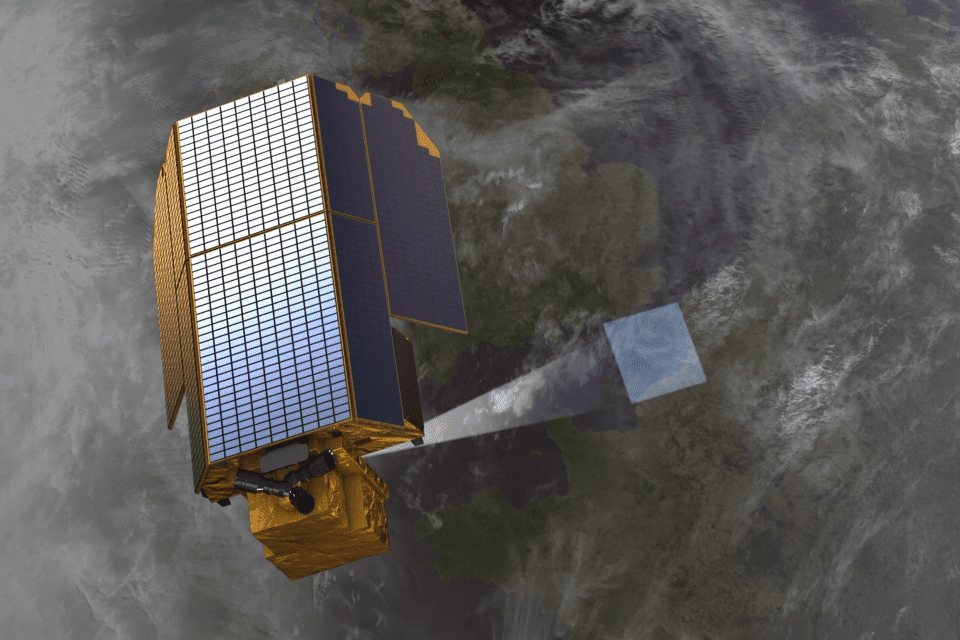The European Space Agency (ESA) has new plans to study the Earth’s energy balance, in an effort to better understand and combat climate change. The Earth energy balance is the point between incoming energy from the Sun and outgoing energy from the Earth. As we emit more greenhouse gases, our planet’s atmosphere traps more heat, which is triggering global warming.
Named TRUTHS (Traceable Radiometry Underpinning Terrestrial- and Helio- Studies), the project is currently in the planning stages by the European Space Agency and its nations and will measure the amount of heat that gets trapped in the Earth’s atmosphere.
The plan for the small satellite mission was introduced at the UN Climate Change Conference (COP26) in Glasgow, Scotland by the United Kingdom Space Agency (UKSA). Conceived by the UK’s National Physical Laboratory (NPL), it will enable a space-based climate observing system which will “set a benchmark to detect changes in Earth’s climate system.”
“The mission will play a vital role in improving how we monitor climate change using satellite data and support the decisive climate action that global nations are negotiating at COP26,” said Beth Greenaway, head of Earth observation and climate at the UK Space Agency.
As well as establishing a new benchmark, the mission will create a climate and calibration observatory that will reduce some of the uncertainty in the Earth-observing data, creating a sort of space-based calibration lab. The benchmark is important because the more heat that the Earth keeps in, the warmer it gets, so it’s probably a good thing if scientists knew that point. TRUTHS will build additional confidence in climate studies by providing an element of a space-based climate observing system tied unequivocally to international standards. It will also enable researchers to better calibrate existing climate satellites.
“TRUTHS is an important mission as it will provide the gold standard of calibration for space-based Earth observation – a kind of ‘standards laboratory in space’,” said Justin Byrne, Head of Earth Observation and Science at Airbus Defence and Space UK. “With TRUTHS we also have the opportunity to further develop important areas of industrial capabilities across the UK space sector.”
Two main instruments would piggyback aboard the satellite: the Cryogenic Solar Absolute Radiometer and the Hyperspectral Imaging Spectrometer. These two pieces of equipment will gauge the incoming and reflected solar radiation to help detect alterations in Earth’s climate more quickly as well as generate the super-accurate reference system employing the benchmark level for other measurements and climate models.
“TRUTHS meets calls from the world’s satellite and climate community for robust high accuracy SI traceability (SI is an internationally recognized reference system that supports comparability of chemical measurements across a broad range of industries and sectors),” said Nigel Fox, United Kingdom TRUTHS Mission Scientist, at NPL. “A recent publication from the Committee on Earth Observation Satellites has highlighted the urgency for improved accuracy of observations from space, to help ensure our actions are having the desired impact.”
If everything goes as planned, the satellite could launch in 2029.



